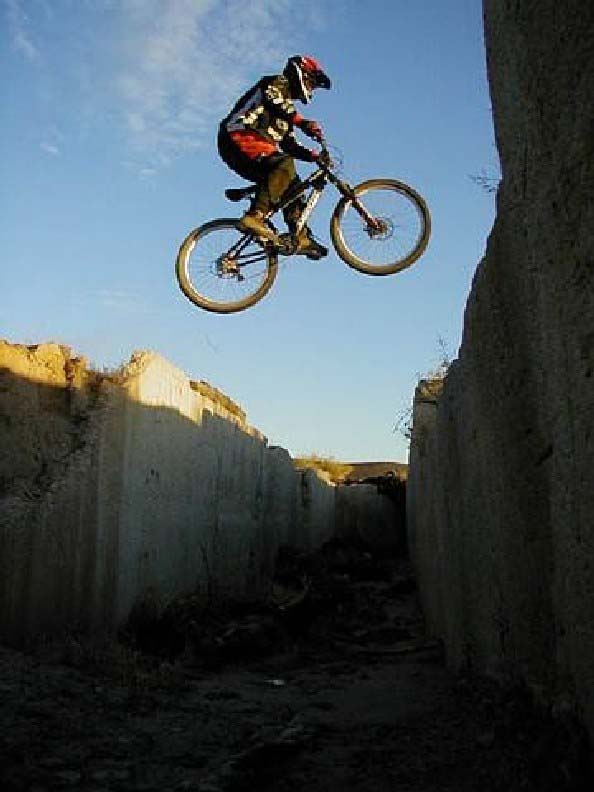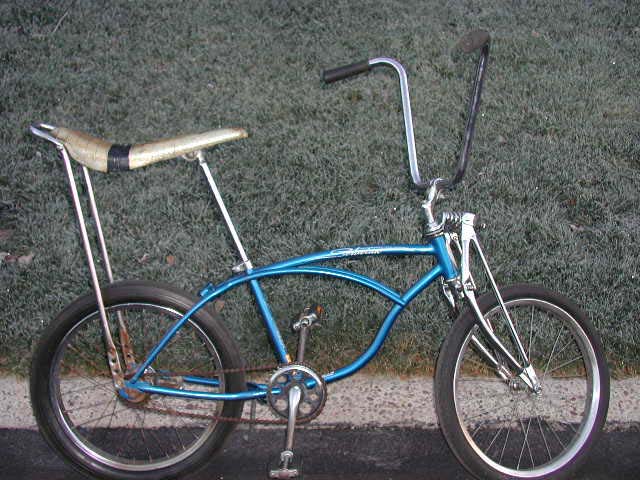There is justification for each of these answers! Yes: We have seen that the circumference C and diameter D of a wheel are related by C = No, Maybe: Notwithstanding the above argument, there are some reasons for doubting that an accurate value would be obtained by taking the ratio of the diameters. (a) Firstly, it is not clear how one takes the diameter of a cog: is it to the tip, or the base of a sprocket? We assume that the same measurement would be taken for each cog. (b) Suppose the diameter measurement is taken to the base of the sprocket. Think of the sprockets as small congruent triangles with adjoining bases. Counting the number of sprockets now gives a measure of the length of the polygonal figure formed by the bases, rather than the circumference of the inscribed circle. And the ratio of the length of the polygon to the circumference of its inscribed circle will vary with the number of edges of the polygon. We conclude that the ratio of the diameters will give an approximate value of the transmission ratio, but not an exact one. So our answer will depend on the degree of accuracy expected. Click on the ‘home’ button to continue when ready. |
The reciprocal of the transmission factor tells us how many turns of the pedals are required to turn the rear wheel once. Thus in the example, one complete turn of the pedals rotates the chain through 42 links; this corresponds to three complete turns of the rear wheel. A third of a complete turn by the pedals rotates the rear wheel once. A large free (rear) gear wheel thus corresponds to a small transmission factor, and so a low gear. Conversely, a small free wheel corresponds to a large transmission factor, and so a high gear. |

 If the crank wheel (driven by the pedals) has 42 teeth, and the free wheel (on the rear hub) has 14 teeth, how many turns of the pedals are required to turn the rear wheel once? The ratio of the above two numbers,
If the crank wheel (driven by the pedals) has 42 teeth, and the free wheel (on the rear hub) has 14 teeth, how many turns of the pedals are required to turn the rear wheel once? The ratio of the above two numbers, 
